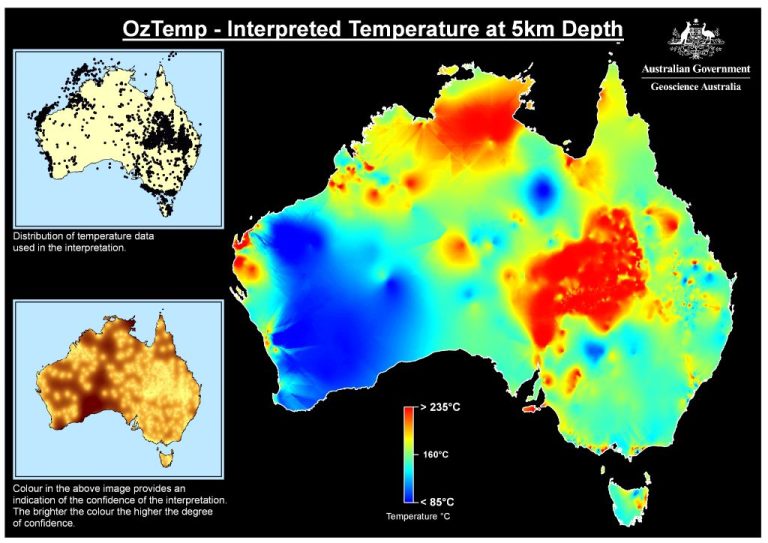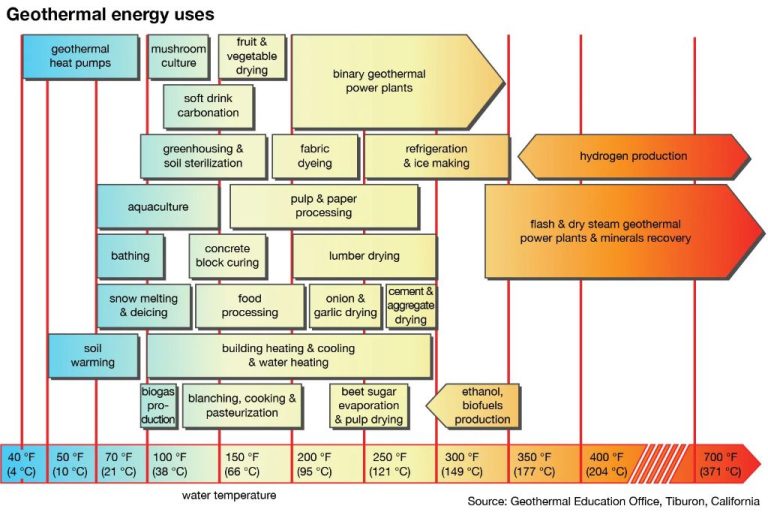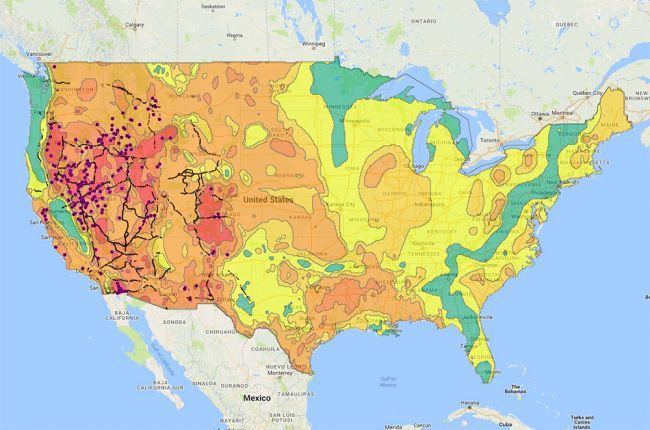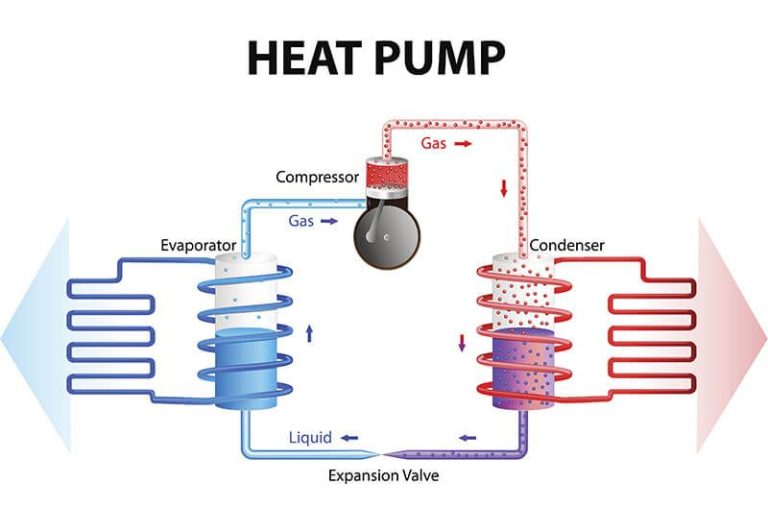What Kind Of Energy Involves The Flow Of Charged Particles?
Charged particles are atoms or molecules that have an electric charge. They acquire this charge by either gaining or losing electrons. Positively charged particles have lost electrons and have more protons, giving them a net positive charge. Negatively charged particles have gained extra electrons and have more negative charges than positive. The flow of these charged particles generates a form of energy called electrical energy.
The movement and interactions of charged particles can produce various electrical effects. Electric current is the directed flow of charged particles in a conductor. Static electricity is an accumulation of charge in an object. Lightning is a massive discharge of static electricity between clouds or the earth. Electromagnetism involves charged particles in motion generating magnetic fields. This electrical energy resulting from charged particles is extremely useful. It allows us to transmit power, communicate, illuminate our homes, and run electronic devices.
Electricity
Electricity results from the flow of electrons. Electrons moving through a conductive material, such as metal wire, produce electric current. The flow of electrons creates a charge, measured in amperes. When electrons build up in one area, it creates a negative charge, while when electrons are depleted in another area, it creates a positive charge. The difference in charge between two areas creates an electric potential or voltage. Connecting these high and low potential areas allows the electrons to flow from negative to positive, creating an electrical current. This current can be harnessed to transmit energy and power many useful applications.
Static Electricity
Static electricity refers to the buildup of stationary electric charge on the surface of objects. This charge does not move or flow, but rather accumulates on an object. The static charge builds up when electrons are transferred from one object to another, often due to contact and separation. For example, when you walk across a carpet in dry weather, electrons can transfer from the carpet to your body, resulting in a buildup of negative charge on your body. If you then touch a metal doorknob, the excess electrons will quickly flow from your body to the doorknob, resulting in a small electric shock.
This transfer of electrons happens more easily between materials that are good electrical conductors, like metals, rather than insulators like rubber or plastic. The amount of charge buildup also depends on other factors like humidity, pressure, and temperature. Dry environments facilitate greater static electricity accumulation. The most familiar example of static discharge is lightning. Lightning occurs when static charge builds up between the clouds and ground, finally discharging in a massive spark when the electrical potential difference becomes great enough.
Static charge buildup is responsible for other observable effects like sparks when you remove clothing or shocks when touching metal objects after walking across a carpet. Controlling static buildup is important in many industrial processes to avoid attracting dust particles, igniting flammable substances, or damaging sensitive electronics. Static charge buildup on the human body can also deliver harmful shocks in settings like hospitals and around explosive materials.
Lightning
Lightning is a massive discharge of static electricity that occurs during thunderstorms. This sudden electrical transfer takes place between clouds, from clouds to air, or from clouds to the ground. The spark can heat the air around it to temperatures hotter than the surface of the sun. This rapid heating and cooling of air is what causes the loud clap of thunder that accompanies a lightning strike.
Most lightning occurs within clouds. However, cloud-to-ground lightning is most relevant to humans. This is when negatively charged electrons build up at the bottom of a cloud and are attracted to positively charged areas on the earth’s surface. Objects like trees, mountains, or buildings channel this flow of electrons, creating a visible flash as the lightning travels from the cloud down to the ground.
A typical cloud-to-ground lightning strike contains a massive amount of electrical potential energy, on the order of a billion joules. This discharge of electricity can be extremely dangerous. Lightning strikes are one of the leading weather-related causes of death and injury worldwide. Safety precautions like seeking shelter indoors or avoiding high elevations during thunderstorms are important to minimize the risks.
Electric Current
Electric current refers to the ordered movement of electric charges. It is a flow of electric charge, typically carried by electrons moving through a wire or other electrical conductor. Electric current is measured in amperes, named after French physicist André-Marie Ampère who studied electromagnetism in the early 1800s.
For an electric current to exist, there must be a source of charge that causes the electrons to move, such as a battery or generator. There must also be a closed loop or circuit for the electrons to flow through continuously. Metals like copper are good conductors of electric current because they contain many free electrons that can move when an electric potential difference is applied.
Electric current flows from a region of higher electric potential to a region of lower electric potential. So in a typical circuit, electrons will flow from the negative terminal of a battery, through the circuit, and back to the positive terminal. This creates a complete loop or circuit for sustained electric current. The rate of flow of electric charge is measured in amperes or amps. More charge flowing per second means a higher electric current.
Electric current enables the operation of many everyday devices and technologies that rely on the movement of electric charges, from small electronics to large power systems. Understanding the principles of electric current is key to utilizing electricity for human needs and innovations.
Electrical Energy
Electrical energy refers to energy that comes from the flow of electric charges. It is a form of energy that is found in devices and systems that use electricity, such as power lines, batteries, generators, and electrical circuits.
Electricity is generated in power plants by converting other forms of energy, like mechanical, chemical, solar, wind, or nuclear energy, into electrical energy. The electrical energy is then distributed through power grids to homes, businesses, and other facilities that need electricity.
Electrical energy results from the motion of charged particles called electrons. Electrons have a negative charge and flow through conductive materials. When electrons move from one place to another, they transmit energy. Devices like motors, heaters, light bulbs, and appliances convert this electrical energy into other useful forms of energy like mechanical, thermal, or light energy.
The amount of electrical energy flowing is measured in units called watts. Power companies charge for electricity usage based on the number of watt-hours consumed over a billing period. Electrical energy use worldwide continues to rise as more individuals and societies adopt electrical devices and systems.
Electromagnetism
Electromagnetism refers to the interaction between electricity and magnetism. Moving electric charges generate magnetic fields, and changing magnetic fields generate electric fields. This close relationship allows various technologies to convert electricity into magnetism and vice versa.
Specifically, when an electric current flows through a wire, it produces a circular magnetic field around the wire. This phenomenon is known as electromagnetism. The direction of the magnetic field depends on the direction of the electric current. Using this principle, electromagnets can be constructed by winding wire into a coil around a magnetic core like iron. Passing current through the wire coil magnetizes the core, creating a controllable magnet.
Conversely, moving a magnet near a wire induces a current in the wire. This forms the basis for electric generators, which convert kinetic energy into electricity. Overall, the interplay between electricity and magnetism enables the generation, transmission, and conversion of electric power that modern society relies on.
Applications
Electricity produced by the flow of charged particles has numerous practical applications in modern society. Here are some of the most notable uses:
Power Generation – Most electricity used in homes, businesses and industry is generated at power plants by electromechanical generators. The motion of charged particles in wind, falling water, steam or other means rotates the generator to produce electric current.
Electronics – All electronic devices rely on the movement of charged particles in circuits to transmit power or signals. This includes everything from small consumer gadgets to large industrial control systems.
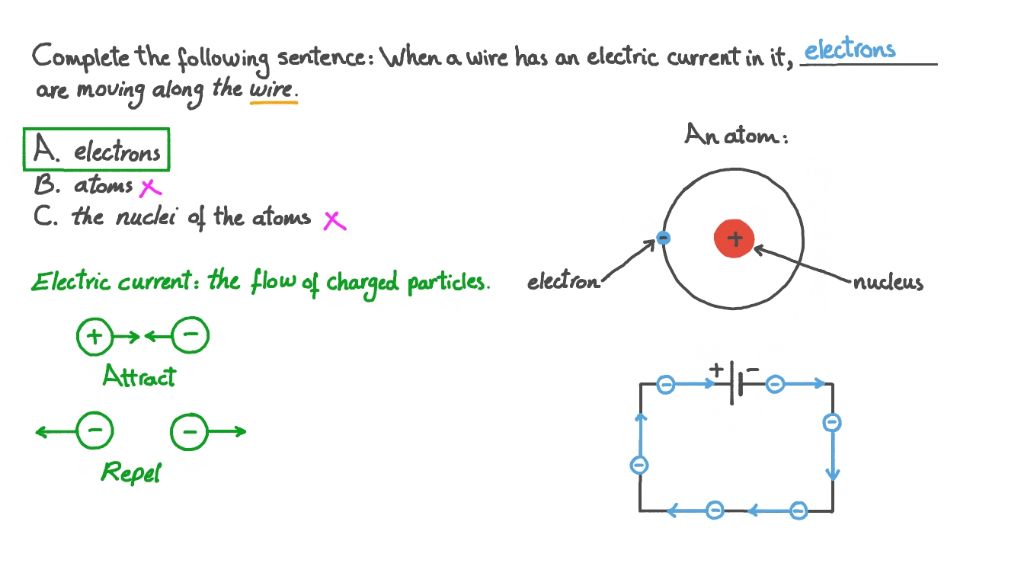
Transportation – Electric trains, subways and electric vehicles are propelled by electric motors powered by rechargeable batteries. Charged particles move through the batteries to provide energy to drive the motors.
Telecommunications – Fiber optic cables and copper wiring carry charged particles to transmit voice, video and internet data signals over long distances through pulses of light or alternating current.
Medical Devices – Electricity allows medical equipment like CT scanners, ultrasound machines and pacemakers to monitor and regulate patients’ bodies through electrical signals.
In summary, modern civilization depends extensively on harnessing the flow of charged particles for energy, transportation, communication, medicine and countless other applications that impact our daily lives.
Safety
When dealing with the flow of electric charge, safety should always be a top concern. Electricity, while extremely useful, can also be very dangerous if proper precautions are not taken.
Some of the main dangers of electric flow include electric shock, burns, fire hazards, and explosion risks from shorts or overloads in the system. Even relatively low voltage levels can be extremely hazardous and potentially fatal if mishandled.
To mitigate risks when working with electrical systems and charged particles:
- Wear insulating gloves, shoes, and protective equipment.
- Make sure hands are dry before handling electrical equipment.
- Turn off power to circuits before working on them.
- Use insulated tools designed for electrical work.
- Avoid touching exposed conductors or energized parts.
- Check for frayed cords, bad connections, and faulty wiring.
- Use GFCIs and surge protectors.
- Post warning signs for live electrical work.
- Be aware of grounding requirements.
- Get properly trained before working with electricity.
Following basic precautions greatly reduces the risks involved with electric flow. While electricity powers the modern world, respecting its dangers is critical for safety.
Conclusion
Electricity is fundamental to our modern world, underlying almost every aspect of technology. The ability to generate, control, and harness the flow of charged particles has enabled incredible innovations that shape our lives. Though its principles were discovered centuries ago, mankind is still unraveling the deeper complexities of electric and magnetic phenomena.
Understanding the nature of electricity is key to advancing fields such as energy production, computing, communications, transportation, and more. Insights into electromagnetism continue to enable new technologies we couldn’t have imagined just decades ago. While electricity has made our lives more comfortable and convenient, we must also use it responsibly, with safety and sustainability in mind. Harnessing its potential while mitigating its risks remains an important endeavor.


